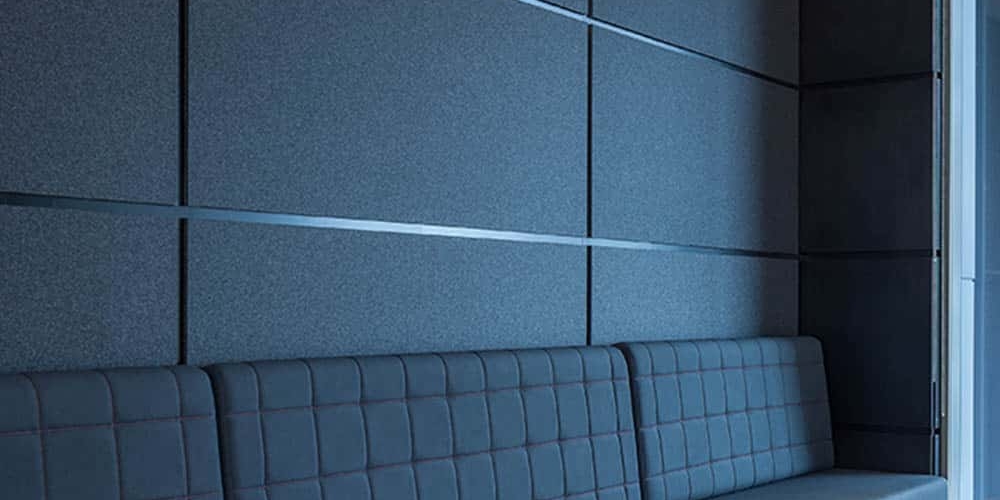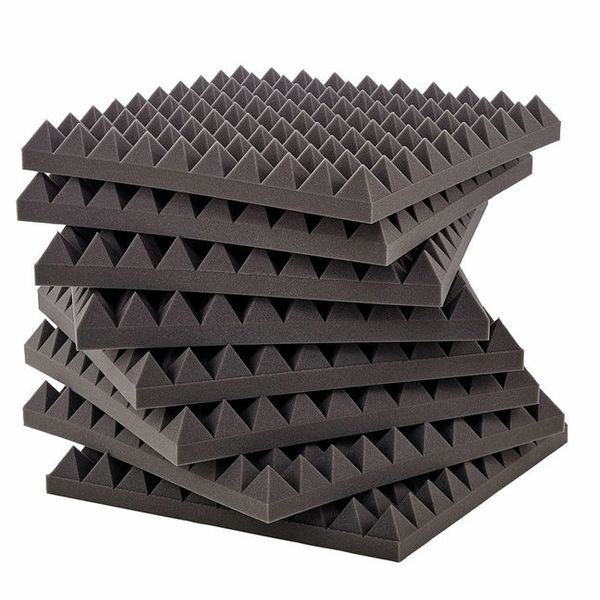How To Soundproof A Room

How To Soundproof A Room: In today’s noisy world, carving out a quiet space to focus, relax, or create is more important than ever. Whether you’re a musician needing to practice without disturbance, a student seeking concentration, or just someone who values peace, soundproofing your room can make a huge difference. This guide will take you through the essentials of soundproofing, from the basic science behind how sound travels to practical solutions you can implement to turn your room into a calm and peaceful retreat.
Understanding Sound
Sound moves in waves that travel through the air and materials. When these waves encounter obstacles, such as walls or doors, they can be absorbed, reflected, or pass through. The purpose of soundproofing is to reduce the amount of sound that passes from one area to another, thereby creating a quieter and more peaceful environment within your room.
How To Soundproof A Room: By Identifying Sound Sources?
The first step to effective soundproofing is identifying the source of the unwanted noise. Is it traffic rumbling outside, neighbours chatting, appliances humming, or sounds from your activities like music or movies? Once you pinpoint these sources, you can focus your efforts where they’ll make the most significant impact.
Sealing Gaps and Cracks
Even the most minor gaps around windows, doors, and walls can let sound slip through easily. Using weatherstripping, acoustic caulk, or door sweeps to seal these cracks is a simple and affordable way to block noise. Don’t overlook places like window frames or gaps under doors—these are common weak points for sound leakage.

How to Soundproof A Room by Using Acoustic Panels
Acoustic panels are specially designed to absorb sound waves, preventing them from bouncing around and causing echoes. Installing these panels on walls or ceilings, especially in areas where sound tends to reflect most, can significantly improve the room’s quietness. They come in various sizes and shapes, allowing you to arrange them creatively while improving acoustics.
Building a Sturdy Bookshelf
A bookshelf filled with books not only adds charm to your room but also acts as a natural sound absorber. The thick, uneven surfaces of books help break up sound waves and reduce the transfer of noise. Positioning a bookshelf along walls where sound travels can add an extra layer of soundproofing.

Using household Accessories to soundproof
One surprisingly effective way to enhance soundproofing is by using everyday household items. For example, placing rugs or carpets on floors, adding cushions or upholstered furniture, and hanging heavy tapestries can help absorb sound and reduce noise levels.
Creating a Double Drywall Layer
For those seeking a more thorough soundproofing solution, adding a second drywall layer can make a big difference. By using a damping adhesive between layers, you minimise vibrations and block even stubborn low-frequency sounds. This technique is popular in studios and rooms where sound control is critical.

Installing Heavy Drapes or Blinds
Windows are often the weakest point in a room’s sound defence. Installing thick, heavy drapes or blinds made from dense materials can help block external noise. Ensure the curtains cover the entire window and extend slightly beyond the frame for optimal sound blocking.
Understanding Acoustic Convoluted Egg Box Polyurethane Foam
This unique foam features an egg box texture that’s more than just a design choice. Its convoluted surface scatters sound waves, preventing echoes and reducing reverberations. Made from polyurethane, it absorbs sound energy and converts it to minimal heat, making it highly effective across a wide range of frequencies.
It’s lightweight, flexible, and easy to install on walls or ceilings—even fitting into corners and uneven spaces—making it a versatile and practical option for many soundproofing projects.


Please contact us using the form below or by calling us on +44(0)1384 252555.



























